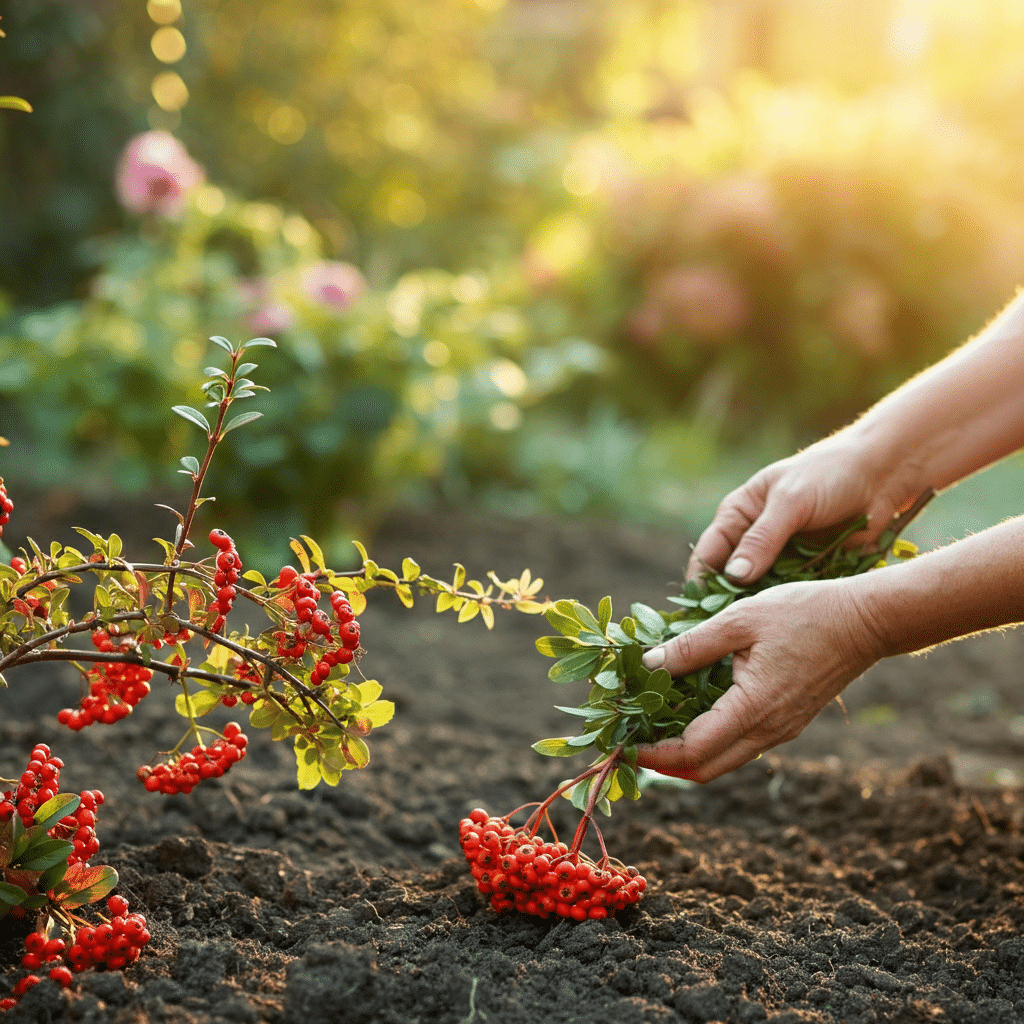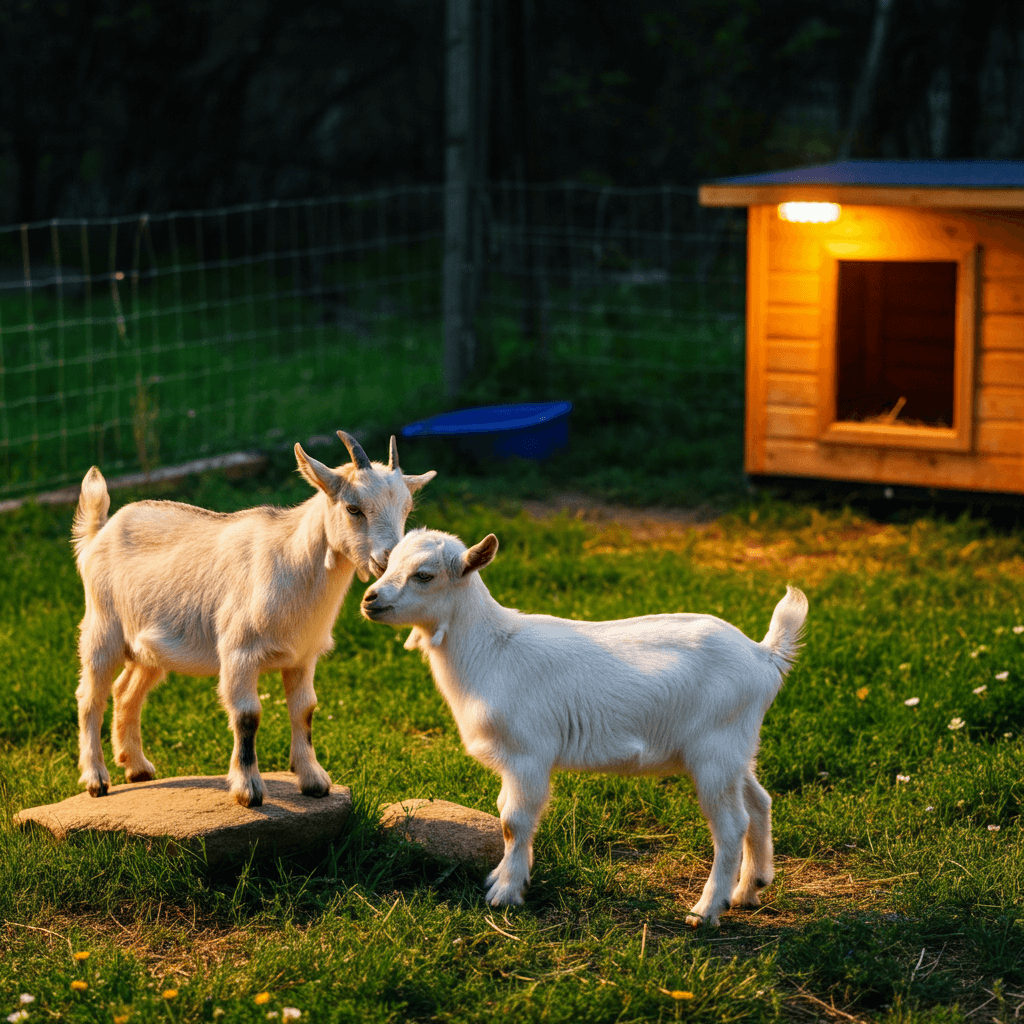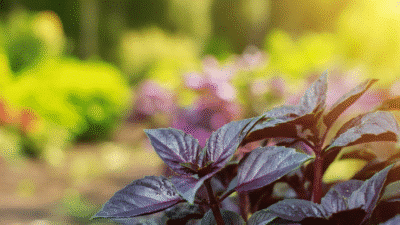Ever wished for a way to grow a thriving garden without spending a fortune? Enter plant propagation, the magical art of turning a single plant into many. Whether you’re an experienced gardener or a total beginner, the ability to grow new plants from cuttings is not only rewarding but also incredibly satisfying. This guide will show you everything you need to know about plant propagation, so you can expand your home garden, add lush landscape plants, or simply enjoy the joy of creating life.
What is Plant Propagation?
Plant propagation is the process of creating new plants by taking a piece of an existing “parent” plant and encouraging it to grow roots. This method is often referred to as vegetative propagation and is a great way to “clone” a plant to produce identical copies. Commonly propagated plants include herbs, shrubs, houseplants, and many landscape plants.
Unlike growing from seeds, which can result in genetic variations, propagation from cuttings produces plants with the same traits as the parent. That means you get the exact flower color, leaf pattern, or fruit quality you’re looking for.
Why Propagation is a Gardener’s Secret Weapon
Plant propagation comes with a host of benefits that make it a must-learn technique for any gardening enthusiast:
- Save Money: Propagation is essentially creating free plants. Skip the nursery costs and multiply your garden on a budget.
- Preserve Favorites: Have a plant you absolutely love? Propagate it to ensure you have more in case something happens to the original.
- Boost Sustainability: By propagating plants, you reduce waste and promote sustainable gardening practices.
- Customize Your Garden: Grow the exact types and varieties of plants you need to design the garden of your dreams.
Types of Cuttings
Not all cuttings are created equal. To master plant propagation, you first need to understand the different types of cuttings you can work with. Here’s a quick breakdown:
1. Softwood Cuttings
These are taken from tender, new growth during the active growing season. Softwood cuttings root quickly but can be prone to rot due to their delicate structure. Common plants for softwood cuttings include herbs like basil and shrubs like hydrangea.
2. Semi-Hardwood Cuttings
Taken later in the growing season, semi-hardwood cuttings come from partially mature wood. They’re more resistant to rot than softwood cuttings and are ideal for plants like lavender or rosemary.
3. Hardwood Cuttings
These are taken from mature, woody plants (like grapes or roses) during their dormant season, typically in late fall or winter. Hardwood cuttings take longer to root but are more forgiving for beginners.
4. Leaf Cuttings
Plants like African violets and succulents can sprout entirely new plants from a healthy leaf cutting.
6 Steps for Successful Plant Propagation
Follow these simple steps to turn a branch, stem, or leaf into a thriving plant:
Step 1 Choose the Right Parent Plant
Start with a healthy, pest-free plant that has the traits you’d like to replicate. Inspect the plant for disease or irregularities, as these can pass on to your new cutting.
Step 2 Take the Perfect Cutting
Cut a 3-6 inch section of stem just below a node (the spot where leaves join the stem) using sharp, clean pruning shears. Remove any flowers or buds to help the plant focus on root development. If you’re working with semi-hardwood or hardwood, ensure the wood “snaps” when bent for proper maturity.
Step 3 Dip in Rooting Hormone
Dust the cut end of the stem with a rooting hormone powder. Rooting hormone boosts your propagation success rate by encouraging root growth and protecting against disease. It’s a game-changer for getting tough plants to propagate.
Step 4 Plant in the Right Medium
Use a rooting medium instead of garden soil to give your cutting the best chance of success. Options like perlite, vermiculite, or a mix with damp peat moss work well. These mediums hold moisture without becoming waterlogged, helping prevent rot.
Fill a small pot with the rooting medium and create holes using a pencil. Insert the cuttings at least one-third of their length into the medium.
Step 5 Create a Mini Greenhouse
Cover the pot with a plastic bag to trap humidity and replicate greenhouse-like conditions. Keep the setup out of direct sunlight but in a warm spot. Check periodically to ensure the medium stays moist without being soggy.
Step 6 Transplant and Care
After six weeks, gently tug the cutting to check if roots have formed. Once the plant is firmly rooted, transplant it to a larger pot or directly into your garden. Gradually introduce it to outdoor conditions to avoid shock.
Essential Tools You’ll Need
- Pruning shears
- Rooting hormone
- Small pots or containers
- Rooting medium (e.g., perlite and peat moss mix)
- Plastic bags
- Spray bottle for misting
Common Mistakes to Avoid
Even seasoned propagators run into challenges. Avoid these common pitfalls for better results:
- Using Dirty Tools: Unclean shears can introduce infections.
- Overwatering: Excess water can lead to rot. Keep the medium moist but never drenched.
- Skipping Rooting Hormone: While optional, rooting hormone significantly boosts success rates.
- Direct Sunlight: Cuttings are delicate and can quickly dry out under direct sunlight.
Plants That Are Perfect for Propagation
Not sure where to start? Try these beginner-friendly and rewarding plants:
- Herbs: Basil, mint, thyme
- Flowers: Hydrangeas, roses, geraniums
- Shrubs: Lavender, boxwood
- Vines: Grapes, pothos, philodendron
Plant Propagation and Organic Gardening
If you’re committed to organic gardening, propagation is an excellent way to expand your plant collection sustainably. Since you’re working directly with parent plants, you can ensure that your garden stays free from harmful chemicals or genetically modified plants. It’s organic gardening at its finest.
Expand Your Garden with Ease
Plant propagation is more than just a gardening skill; it’s a way to connect with nature, save money, and create a personalized garden full of plants you love. Start small with cuttings from a favorite houseplant or try your hand at propagating landscape plants for your yard. With patience and the right techniques, you’ll soon have a flourishing garden, all grown from scratch.
Whether you’re a seasoned gardener or a curious beginner, plant propagation offers endless possibilities. Why not get started today by propagating your favorite plant? When your cuttings grow into full plants, the rewards will far outweigh the effort.





After study a few of the blog posts on your website now, and I truly like your way of blogging. I bookmarked it to my bookmark website list and will be checking back soon. Pls check out my web site as well and let me know what you think.